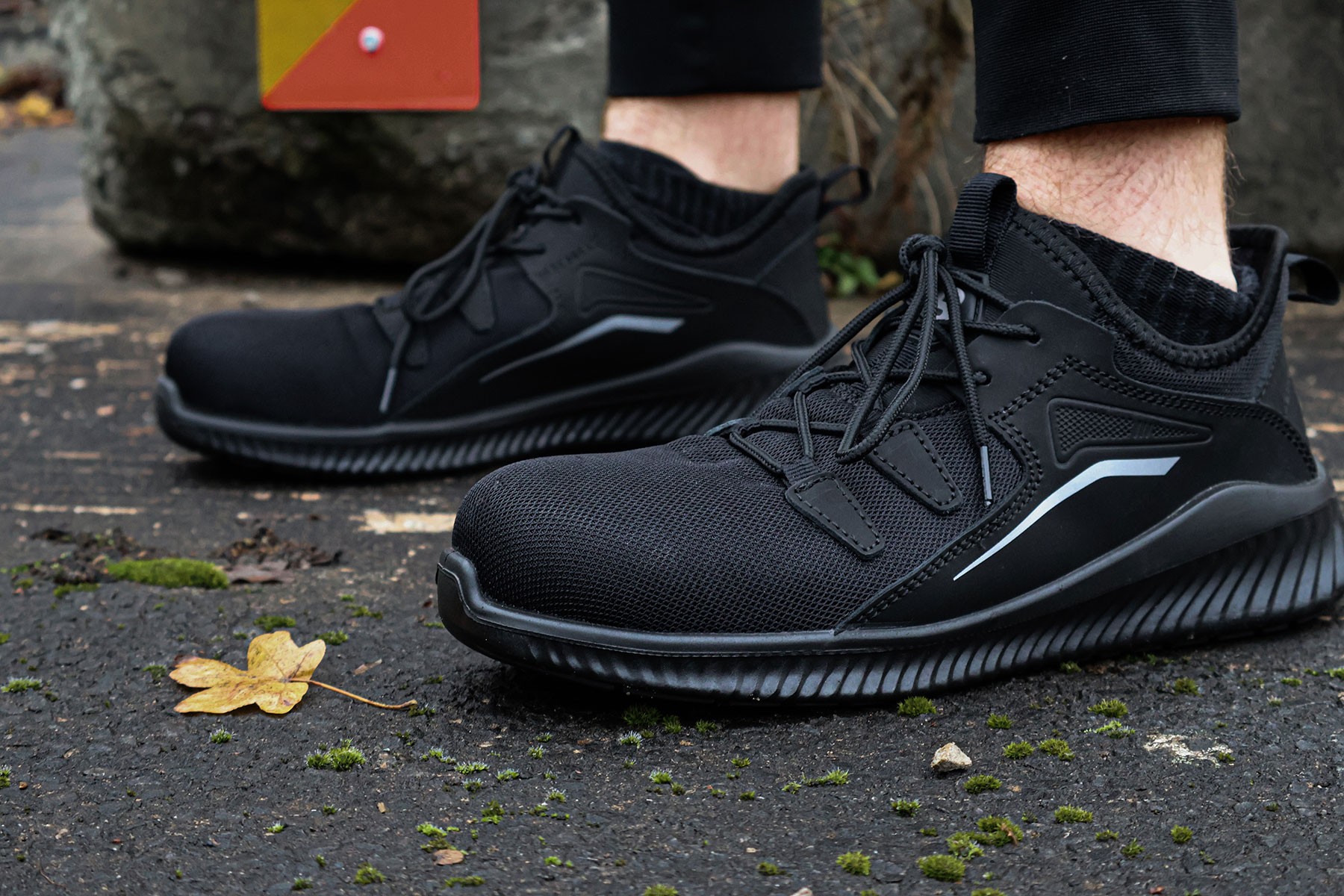ALL Gloves
| 29 January 2024
Having appropriate and legitimate safety footwear is more important than ever.

With the explosion of fulfilment centers - both here in the UK and worldwide - there is a huge rise in the number of warehouse employees picking and packing across the land. But the increasing need for safety footwear isn’t exclusive to that industry.
Anyone whose occupation involves being on their feet for a large percentage of the working day (your local postie, delivery drivers, factory employees, anyone in the service industry) requires decent, safety-compliant footwear in which they feel both comfortable and safe wearing.
But look beyond those relatively low risk professions and the potential injuries for those working within more hazardous environments could also be avoided by having the appropriate and legitimate safety footwear.

Given the estimated annual costs of workplace injury and new cases of work-related ill health reached £20.7 billion in 2021/22 - a £1.9 billion increase compared with 2019/20 - footwear is an element of safety equipment that shouldn’t be brushed aside.
Many workplaces already have safety regulations in place which mandate the use of specific types of footwear to ensure the well-being of employees. Wearing non-compliant safety footwear in those instances can result in serious reprimands by the employer, leading to potential penalties or even job loss.
If you are allocated a budget to purchase your own footwear, it’s vital that you don’t end up buying non-conforming products which have entered the UK market (more on identifying standards below) which could ultimately present a problem for you, both physically and within the legal requirements of your workplace.
It doesn’t make sense to put your safety or job at risk in taking a punt on an inexpensive pair of non-compliant safety footwear because you managed to free up some of that money from your employer for your own personal use.

Of course, the issues with below par safety equipment aren’t confined solely to footwear. The lack of non-compliant safety products is well known across the entire industry. An investigation conducted in 2013 by the British Safety Industry Federation (BSiF) revealed that 86% of tests on 134 non-member products failed to meet regulatory criteria.
It was around this time the BSiF uncovered that a significant percentage of safety footwear available in the UK market wasn’t fit for purpose, either. Out of the 42 items of safety footwear produced by non-registered safety suppliers the BSIF assessed, only five passed tests covering the regulatory requirements on both product performance claims and the supporting documentation.

Due to the sheer volume of safety footwear available to purchase online, you’ll need to do a little initial research as a means of assessing if what you’ve purchased falls in line with the legally required safety regulations.
Your first step should be ensuring that you’ve bought from a recognised and reputable brand. Some of these will be easily enough to assess through both the quality of their websites, and information provided on them.
However, you should remain vigilant when purchasing from online sites, even where the product itself and accompanying information might look legitimate and authoritative. The last thing you want is to go through the rigmarole of having to repackage and return an unreliable product to some far-flung region of the world.
The final and most crucial means of assessing whether your product conforms is by physically checking it. All safety footwear needs to align with EU and UK standards, regardless of what it says on the box. The best way to check if there’s still an uncertainty as to whether it’s a legit company you’ve bought from is to look at the inside of the tongue label.
There you’ll find the indicator, as there should be British traceability via a postal address where you could report back on any issues, if necessary. Traceability to the manufacturer is a requirement under the PPE Regulations 2016/425. If the product does not comply with these requirements, it is simply not fit for purpose.
Again, this is far from the perfect point in the purchase to be checking if what you’ve bought is in accordance with safety standards. The resulting hassle to then rectify things would be avoided if care had been taken initially to source from a dependable provider.
For further information on the recent changes in safety footwear standards, read our brief overview.

It’s understandably a big challenge to ensure all workers are following this health and safety protocol. Not everyone is fully attentive to those safety requirements of the product they’ve been tasked with purchasing. Some may see an attractive-looking, non-compliant replica of their normal footwear as a stylish alternative to wearing a traditional safety-compliant chukka boot, for instance.
Employers need to flip the whole way of doing things to reach the most viable solution. In an ideal world, companies need to go from issuing budgets for footwear to their staff to taking ownership by administering the appropriate footwear themselves.
Unless you audit every single member of staff, there is really no way of discovering who has compliant footwear on and who doesn’t. Businesses taking control of this themselves would eliminate the element of doubt over all footwear and would ensure that the company was on much more solid ground from being liable, were any accidents to occur.
But looking at it in another, more fundamental way - having the same shoe brand and standardised focus on safety-compliant footwear across a business would bring continuity and a unity to the corporate culture.
Reach out to your BSIF-registered footwear supplier - of which Blackrock is one - for more information and to ensure that you are well above-board when it comes to the right and legal safety footwear.